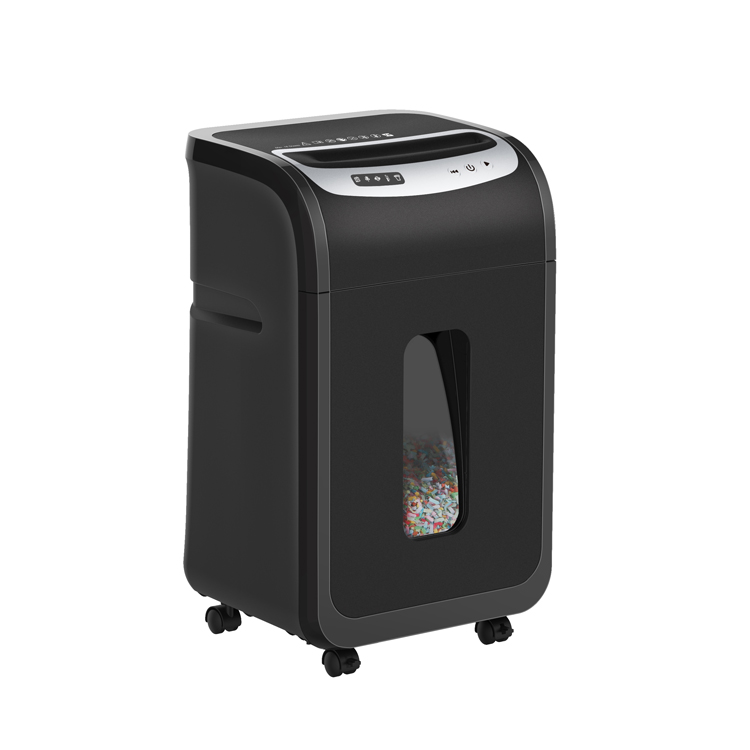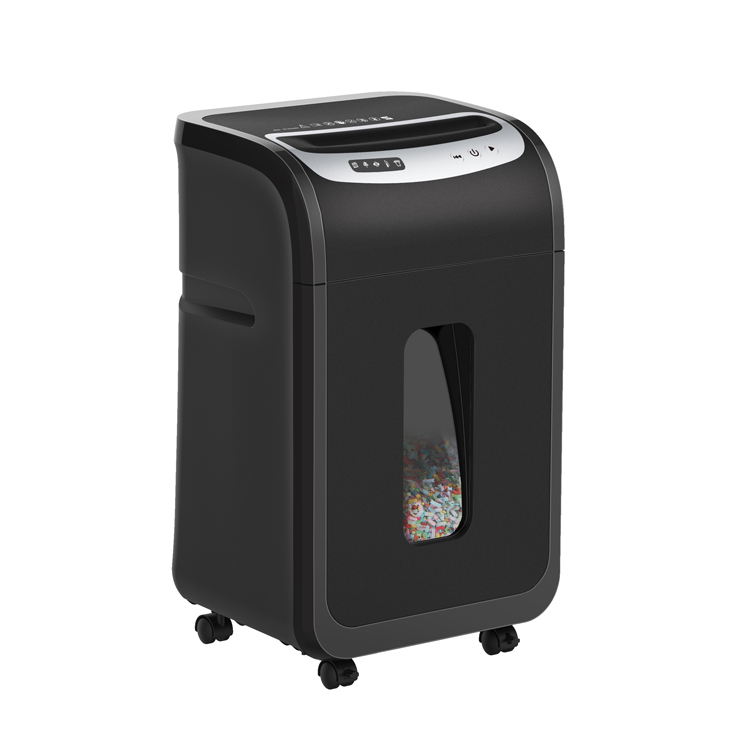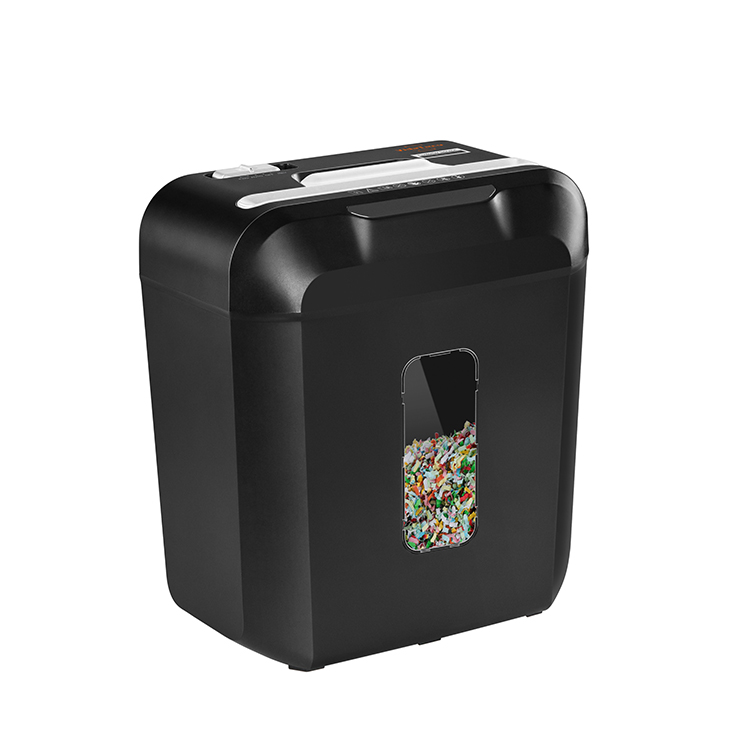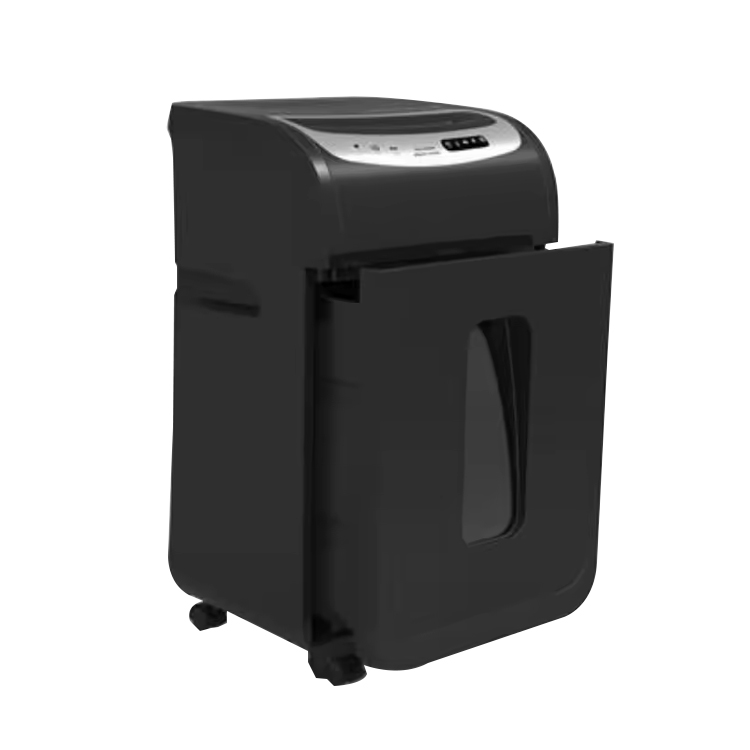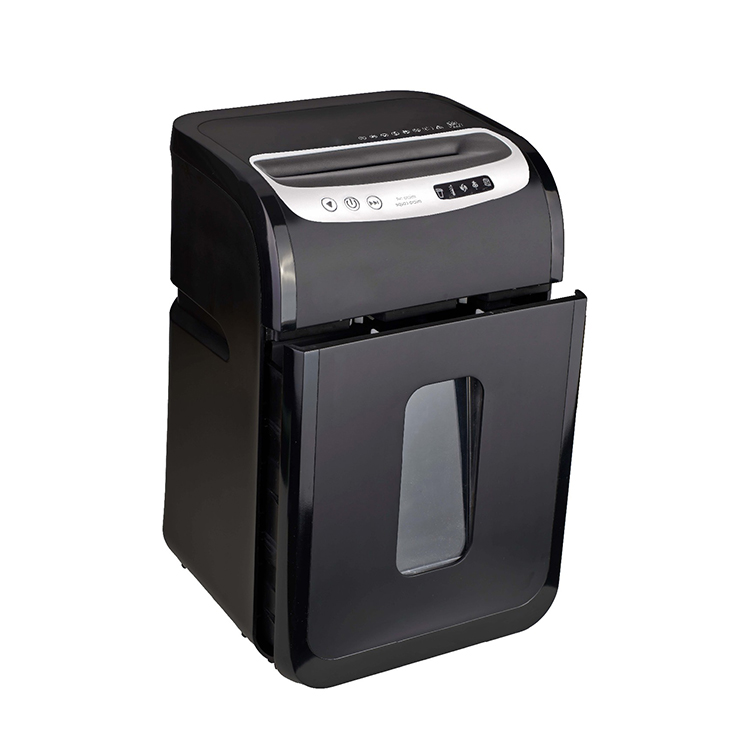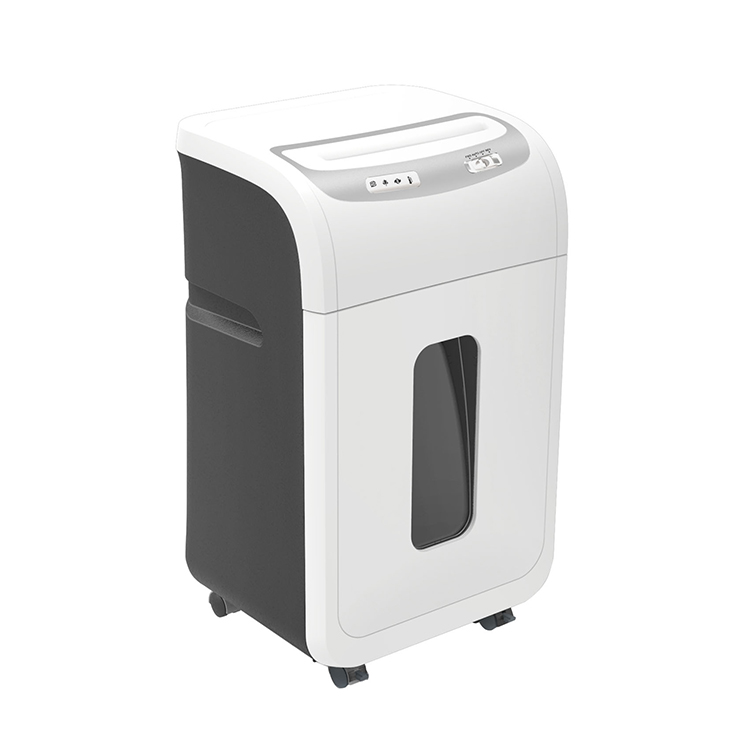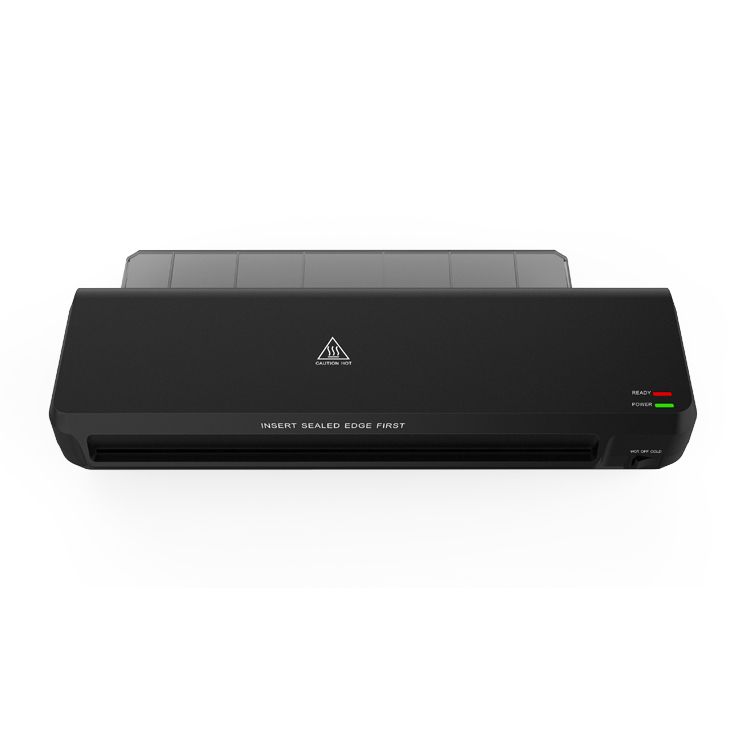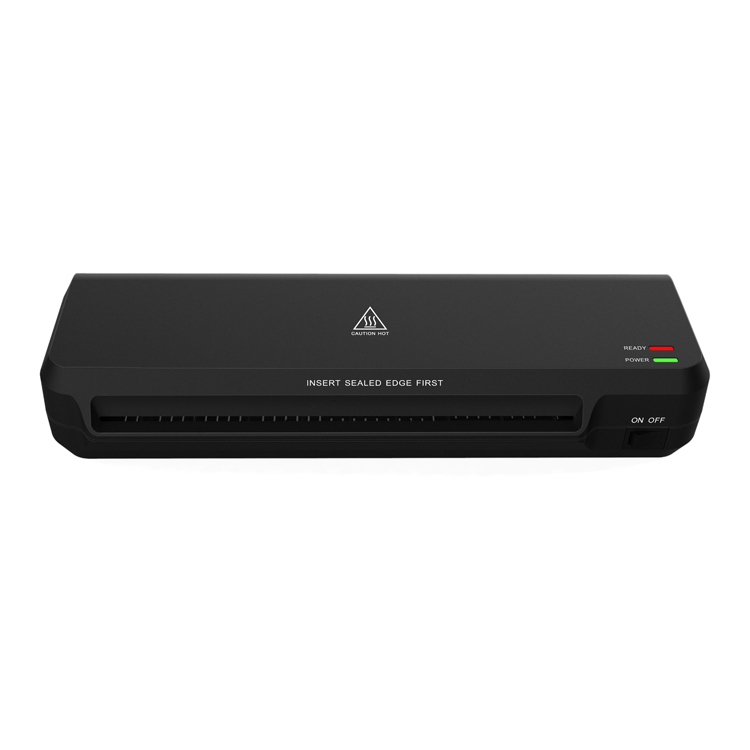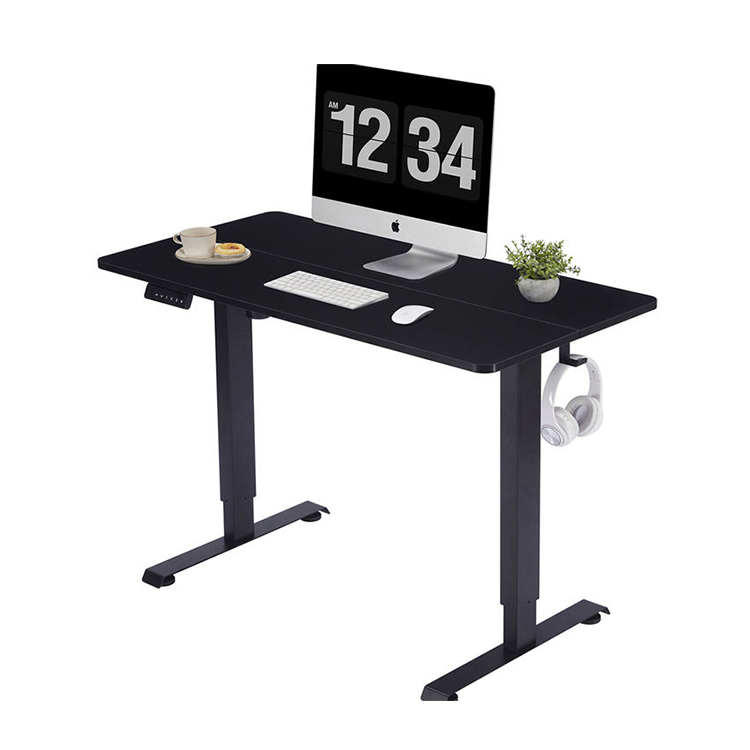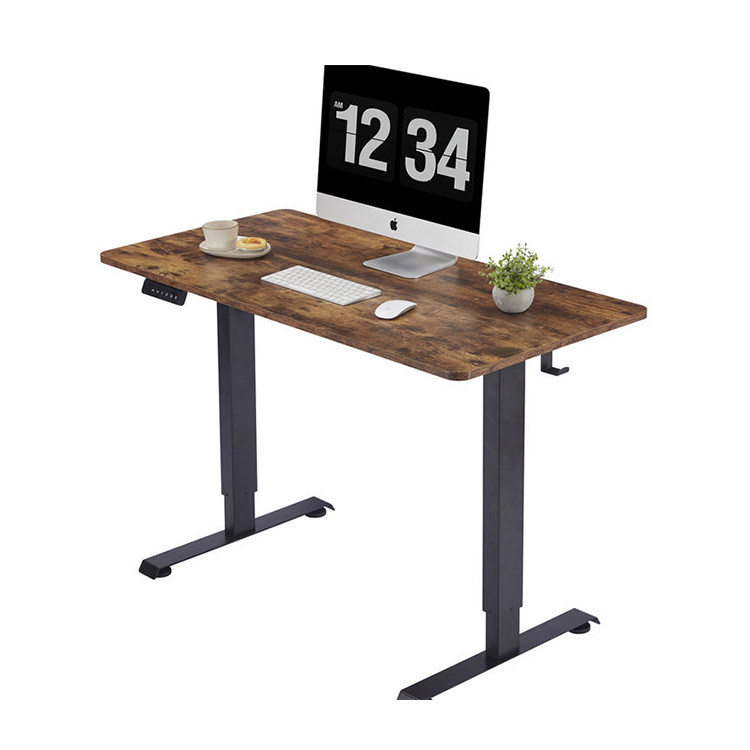What is the difference between A3/A4 Laminating Machine and traditional manual lamination?
There are significant differences between the A3/A4 Laminating Machine and traditional manual lamination in many aspects, mainly reflected in the degree of automation, operating efficiency, scope of application, quality control and user experience.
The A3/A4 Laminating Machine is an automated piece of equipment that is usually equipped with advanced heating and cooling systems. This enables it to complete the laminating process in a short time and is suitable for large-volume work scenarios. The machine ensures that each piece of material can be evenly coated through automatic paper feeding and automatic cutting. In contrast, traditional manual lamination relies on manual operation, and the entire process is cumbersome. The operator needs to carefully put the material into the laminating machine and ensure the correct position to avoid the generation of bubbles and wrinkles.
Efficiency is a key difference between the two. The A3/A4 Laminating Machine is significantly better than the manual laminating machine in terms of processing speed. Depending on the device model, an A3/A4 Laminating Machine can process up to dozens of sheets of paper in one minute. Manual lamination usually takes more time because each step needs to be completed by hand. Especially in large-scale production, the efficiency difference becomes more obvious. This makes enterprises more inclined to choose A3/A4 Laminating Machine when processing large amounts of documents or materials, thus improving work efficiency and saving labor costs.
In terms of quality control, A3/A4 Laminating Machine can usually provide more stable laminating quality. Due to its automated nature, the machine can precisely control temperature and pressure to ensure optimal lamination for each piece of material and reduce the occurrence of bubbles, wrinkles and other defects. However, traditional manual lamination relies on labor and is easily affected by the technical level of the operator, which may lead to uneven lamination or defects, affecting the quality of the final product.
A3/A4 Laminating Machines typically have multiple setting options that can be adjusted for different material thicknesses and types. This flexibility allows users to handle a variety of paper sizes and types, including glossy, matte, thick cardboard, and more. Manual lamination can often only handle a limited number of materials, and during the processing of different materials, users need to adjust the temperature and pressure of the film themselves, increasing the possibility of errors.
User experience is also a major advantage of the A3/A4 Laminating Machine. The modern A3/A4 Laminating Machine has a more user-friendly design and an intuitive operation interface. It is usually equipped with an LCD display screen that can display the working status in real time, making it convenient for users to monitor and adjust. In contrast, the operation of traditional manual laminating equipment is more complicated, and users need to have certain experience to achieve the desired results, which increases the learning curve.

 English
English русский
русский Español
Español Deutsch
Deutsch عربى
عربى
 0
0

